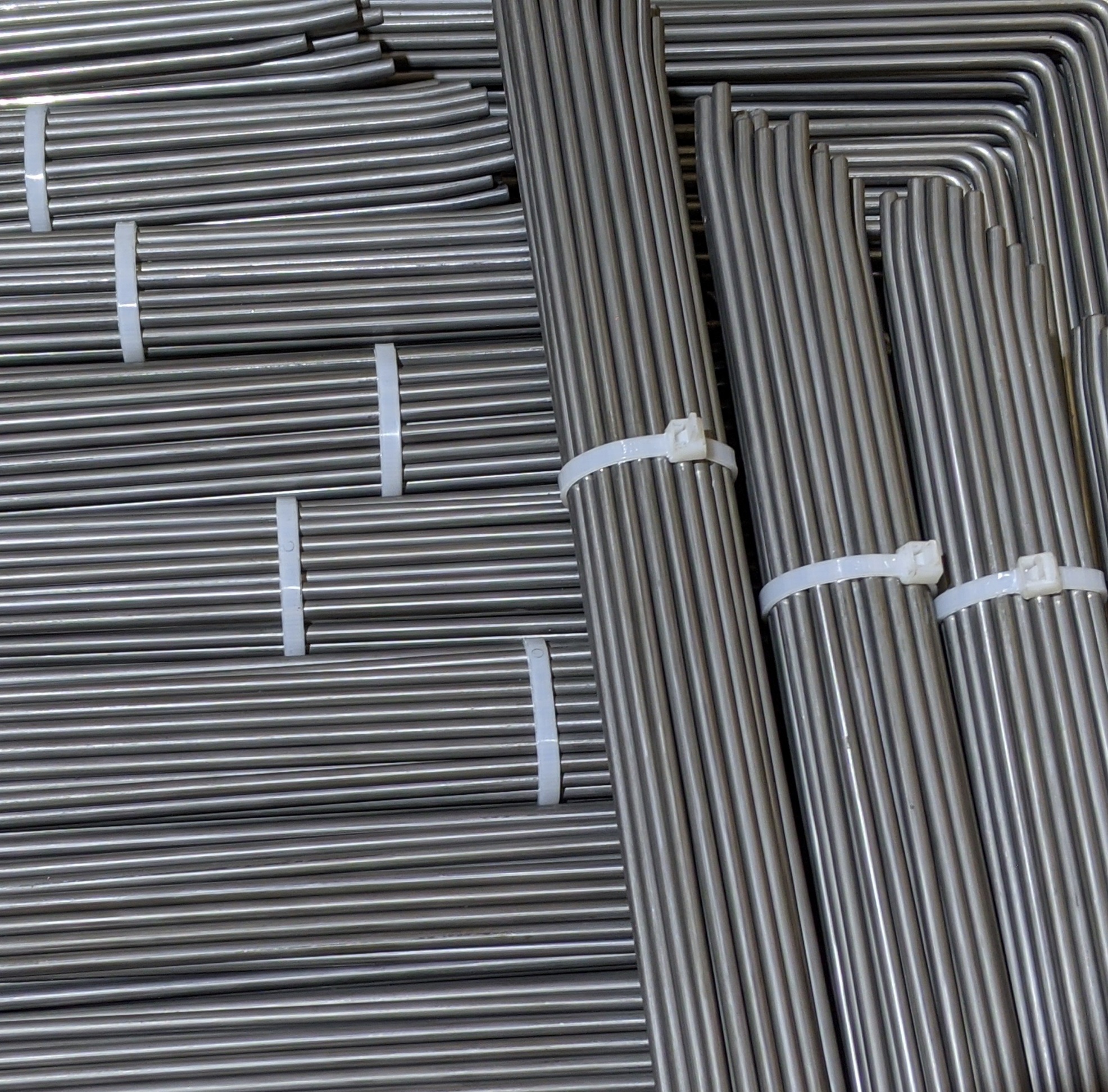Get unique, complex parts easily. No matter your requirements, Chaoyi Spring creates hard-to-produce coil springs and wire forms.
Let us help you create the custom wire form you need, from S-hooks and J-hooks to utility hooks and more.
We work closely with customers across a wide range of industries, helping them design and manufacture made-to-order parts.
Why choose Chaoyi Spring? We prioritize customer-focused collaboration, modern equipment and the latest technology to make your parts per print.
Find the information and guidance you need, from measuring a spring to learning about materials, placing an order and much more.
Imagine a spring that doesn't compress or extend, but twists! That's the essence of a torsional spring. It's a fascinating engineering marvel, subtly powering everything from car suspensions to intricate


Imagine a spring that doesn't compress or extend, but twists! That's the essence of a torsional spring. It's a fascinating engineering marvel, subtly powering everything from car suspensions to intricate watch mechanisms. We often take these springs for granted, but their unique properties and applications are truly remarkable. So, let's delve into the world of torsional springs and uncover their hidden wonders.

Unlike the familiar compression and extension springs that we encounter daily, a torsional spring is all about twisting motion. Picture a coiled wire or a flat metal strip. When you apply a force that attempts to rotate one end of this wire or strip, the spring resists, storing energy in the process. The more you twist, the more force the spring exerts back. This inherent resistance to twisting, known as the spring's 'rate,' is crucial in its applications.
Think of it like this: If you hold a door open, a torsional spring in the hinge will gently pull it closed. This 'twisting' action is what makes the door close smoothly and effortlessly. It's not just about doors, though! Torsional springs are involved in a vast array of mechanisms, often behind the scenes, making things work as they should.
The principle behind torsional springs is rooted in the properties of materials. When a material is subjected to a twisting force, its internal structure resists this deformation. The amount of resistance depends on the material's properties, the shape of the spring, and the angle of twist. This resistance manifests as a restoring force or torque that counteracts the applied twisting force.
The force applied to the spring causes it to twist, and this twisting motion results in a change in the spring's length. This change in length is what we call 'deflection,' and it's proportional to the applied force. The higher the force, the greater the deflection.
Torsional springs come in various shapes and sizes, tailored for specific applications. Here are some common types:
Each type of torsional spring has its unique advantages and disadvantages. The choice of spring type depends on the application and the required performance characteristics.
Torsional springs are ubiquitous, quietly working behind the scenes in numerous applications. Here are just a few examples:
These are just a few examples of the many applications of torsional springs. Their adaptability and ability to store and release energy in a controlled manner make them invaluable in countless industries.
Why are torsional springs so popular in various applications? They offer several benefits:
These benefits have made torsional springs a go-to solution for engineers and designers across various fields.
While torsional springs offer many advantages, they also present some challenges:
Despite these challenges, torsional springs remain a valuable and versatile component in many applications. With careful design and manufacturing, these springs can provide reliable and efficient operation for years.
Torsional springs are hidden heroes, quietly working behind the scenes to make our lives easier and more efficient. From simple door hinges to complex industrial machinery, they are essential for smooth and controlled motion. Understanding their unique properties and applications can deepen our appreciation for the ingenuity of engineering and the diverse world of springs.
As we explore the wonders of the mechanical world, let's not forget the often overlooked, yet essential, torsional springs. Their ability to store and release energy through twisting motion is a testament to the creativity and innovation that drive engineering advancements. So next time you open a door or use a spring-loaded device, take a moment to appreciate the silent, twisting force that makes it all possible.
Browse some of the custom wire forms and springs that we manufacture. Don’t see what you need? We specialize in made-to-order products that meet your application requirements.
Visit Our GalleryNeed a custom wire form or coil spring? We make it work. Fill out the contact form and a representative will respond within 1 business day. If you have a PDF or CAD file, you can submit to request a quote.